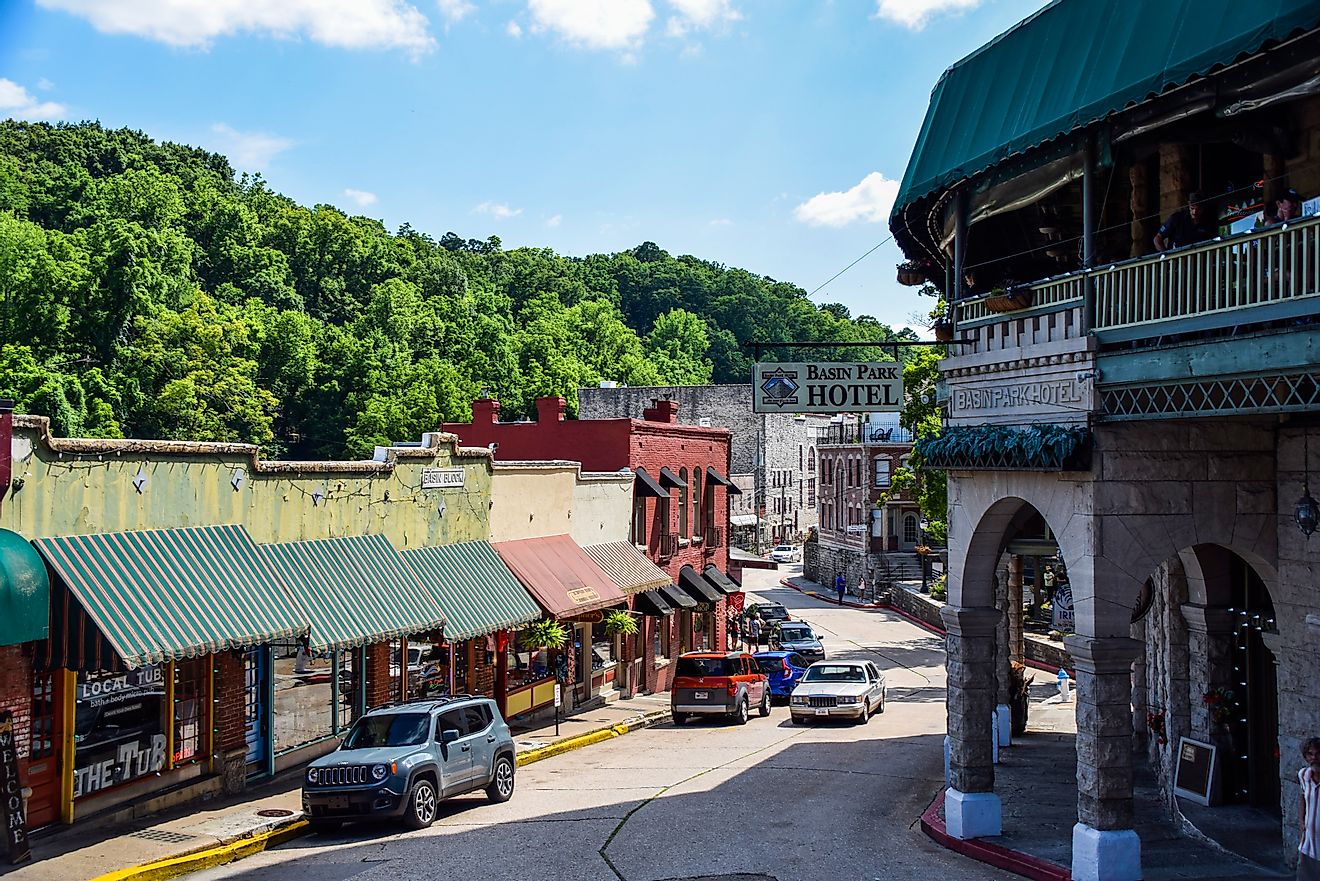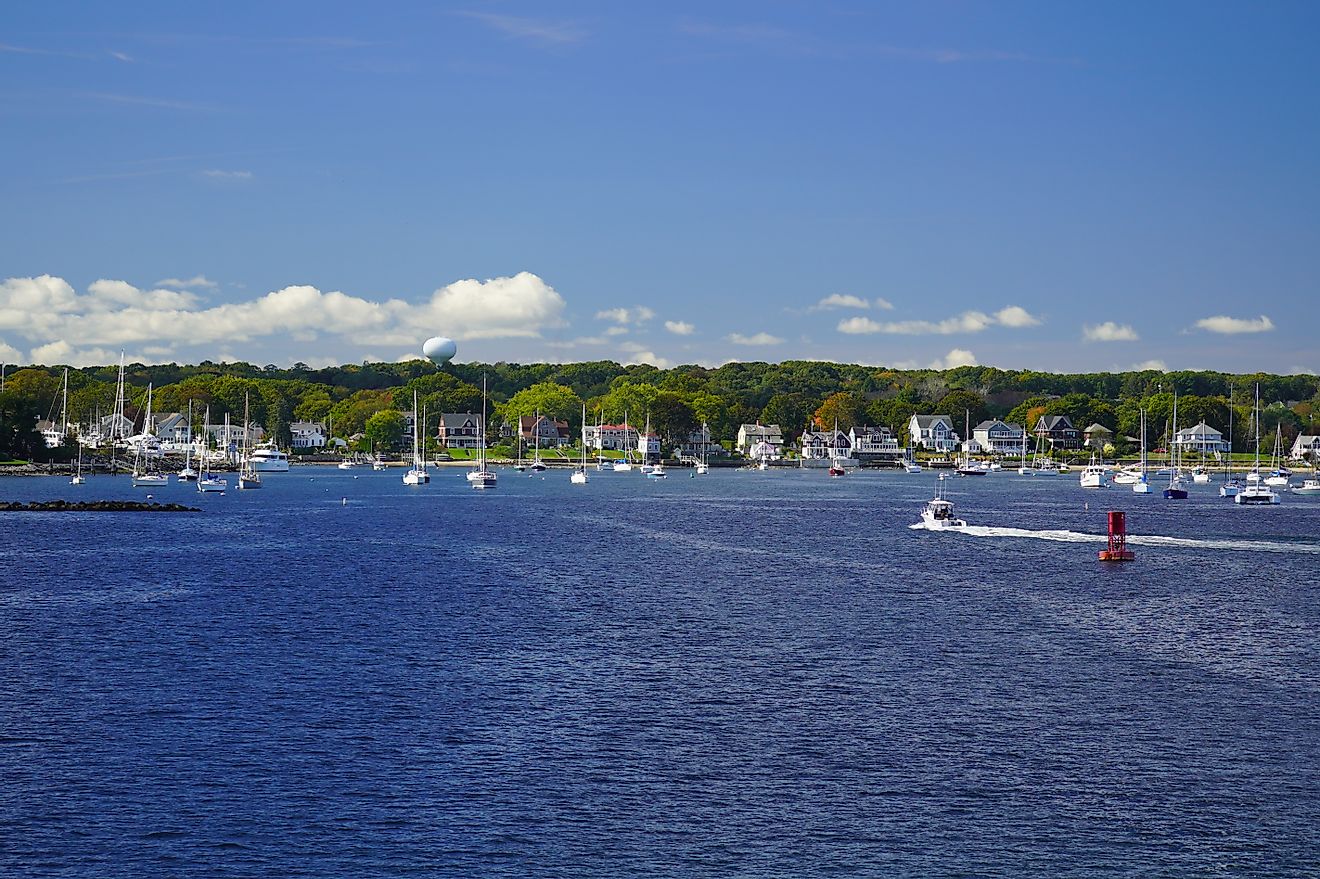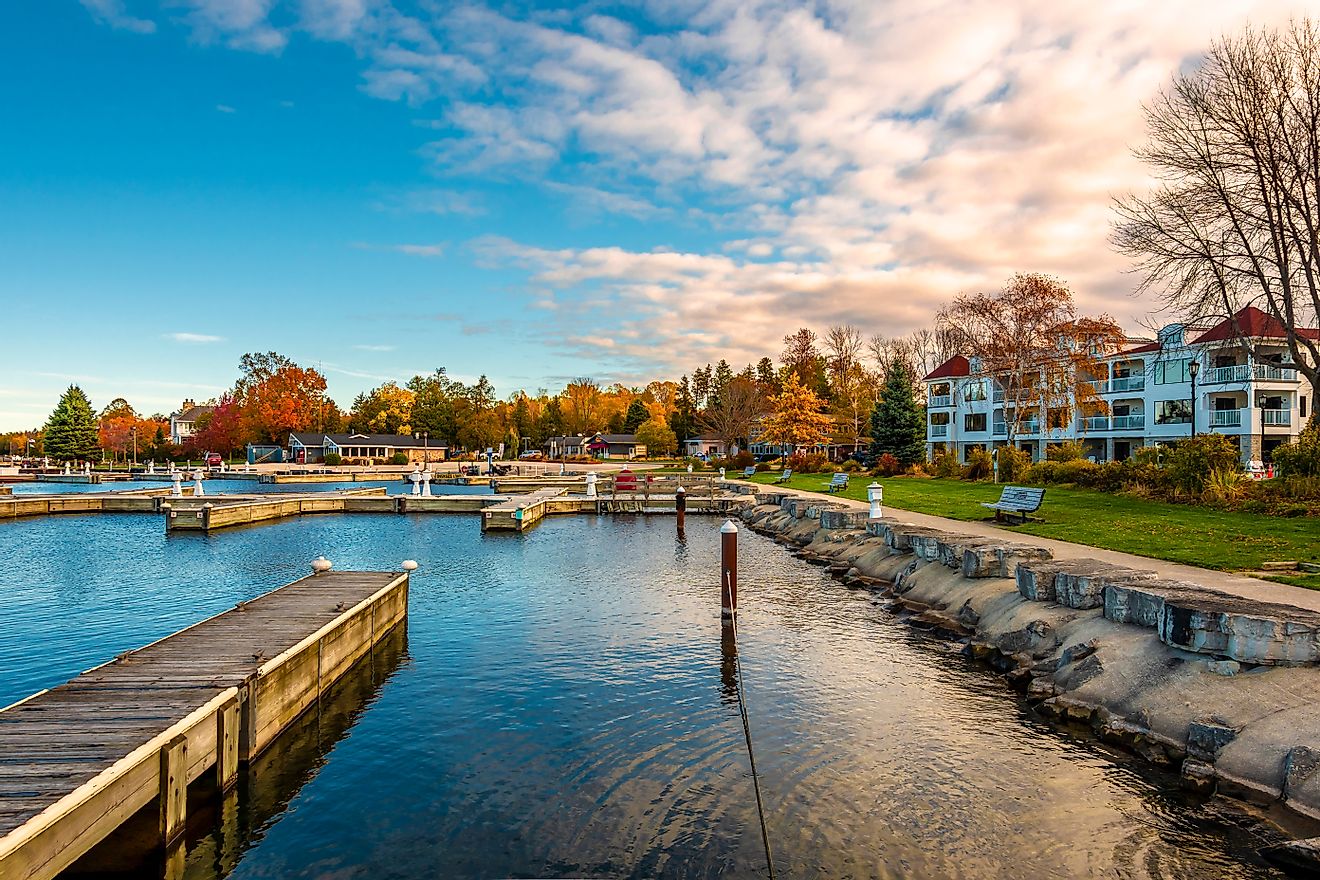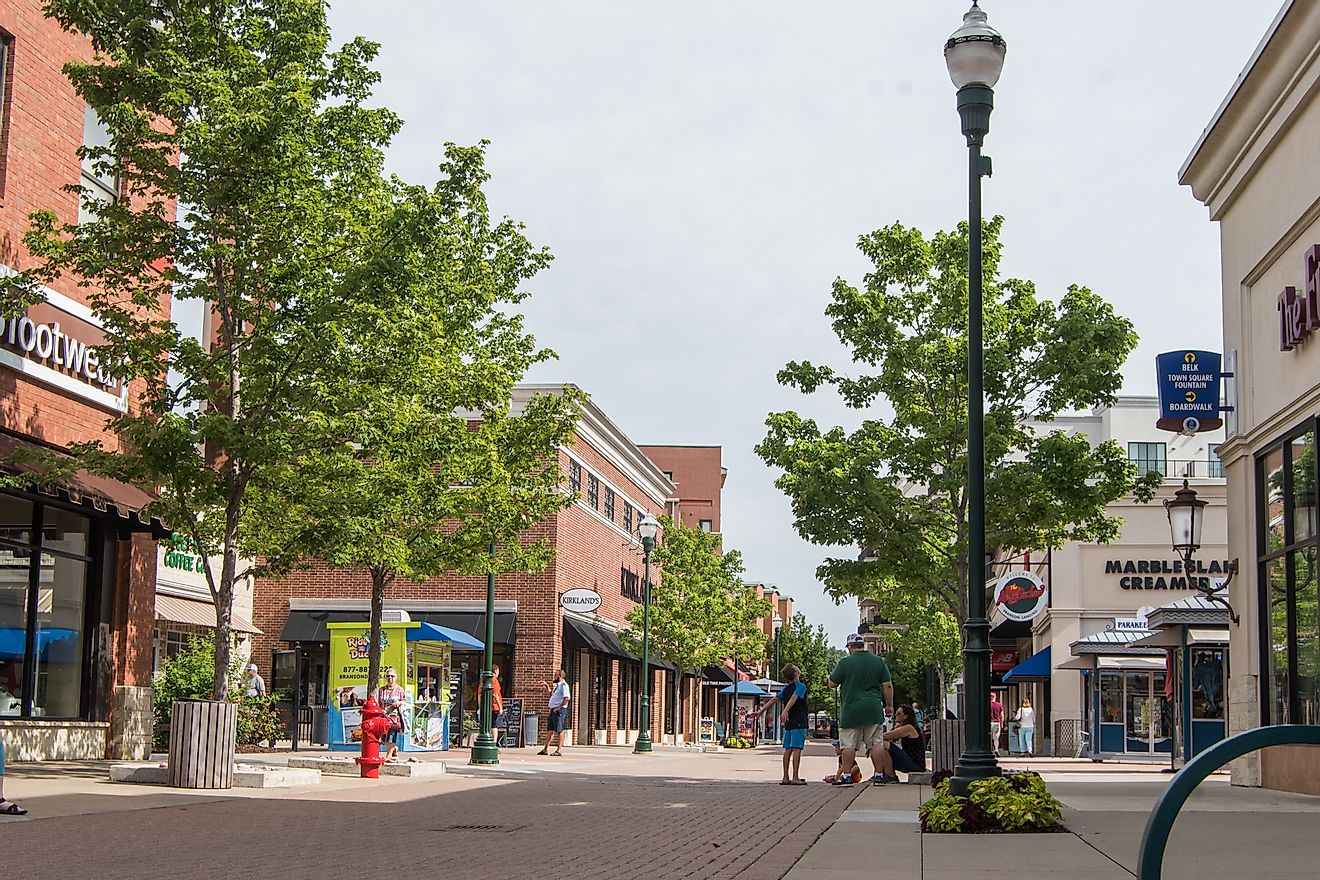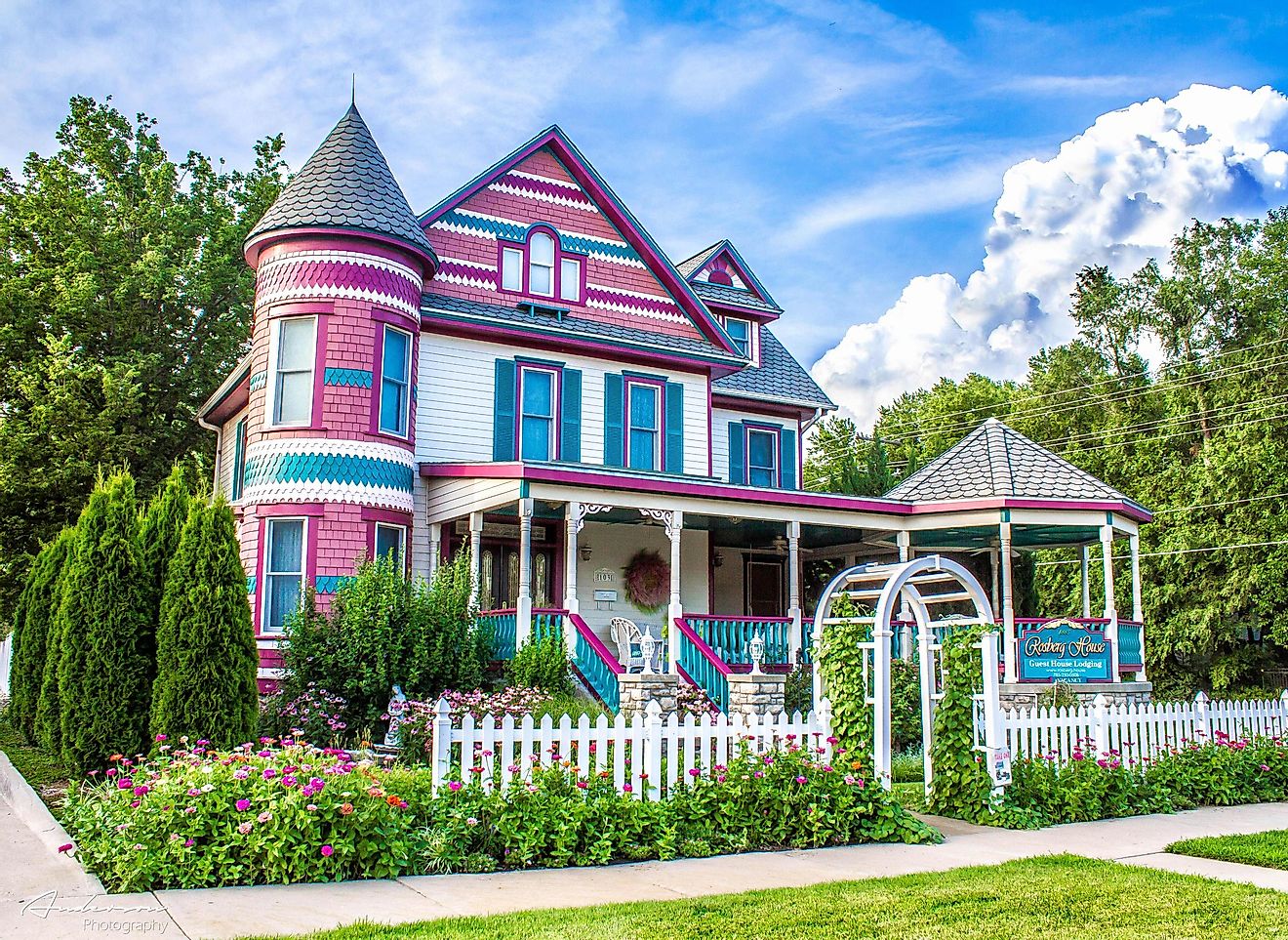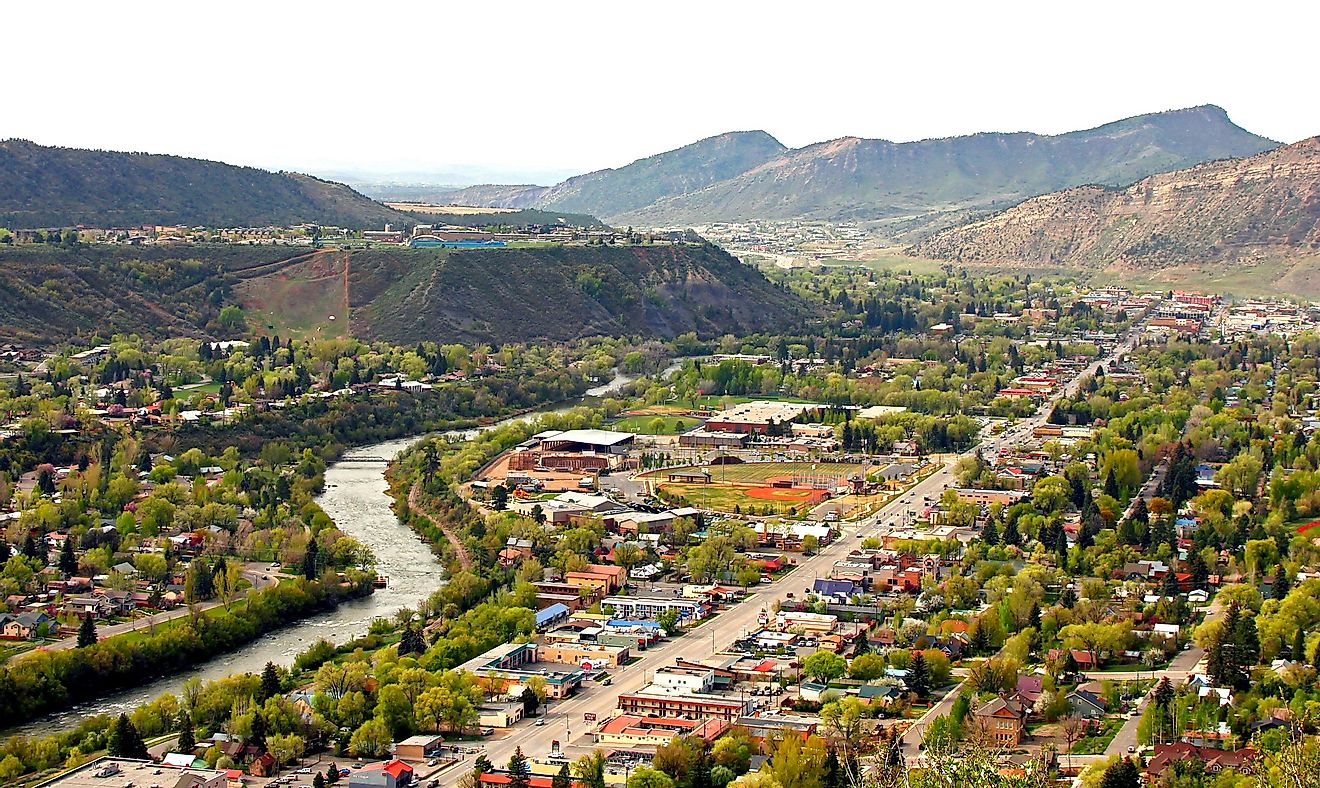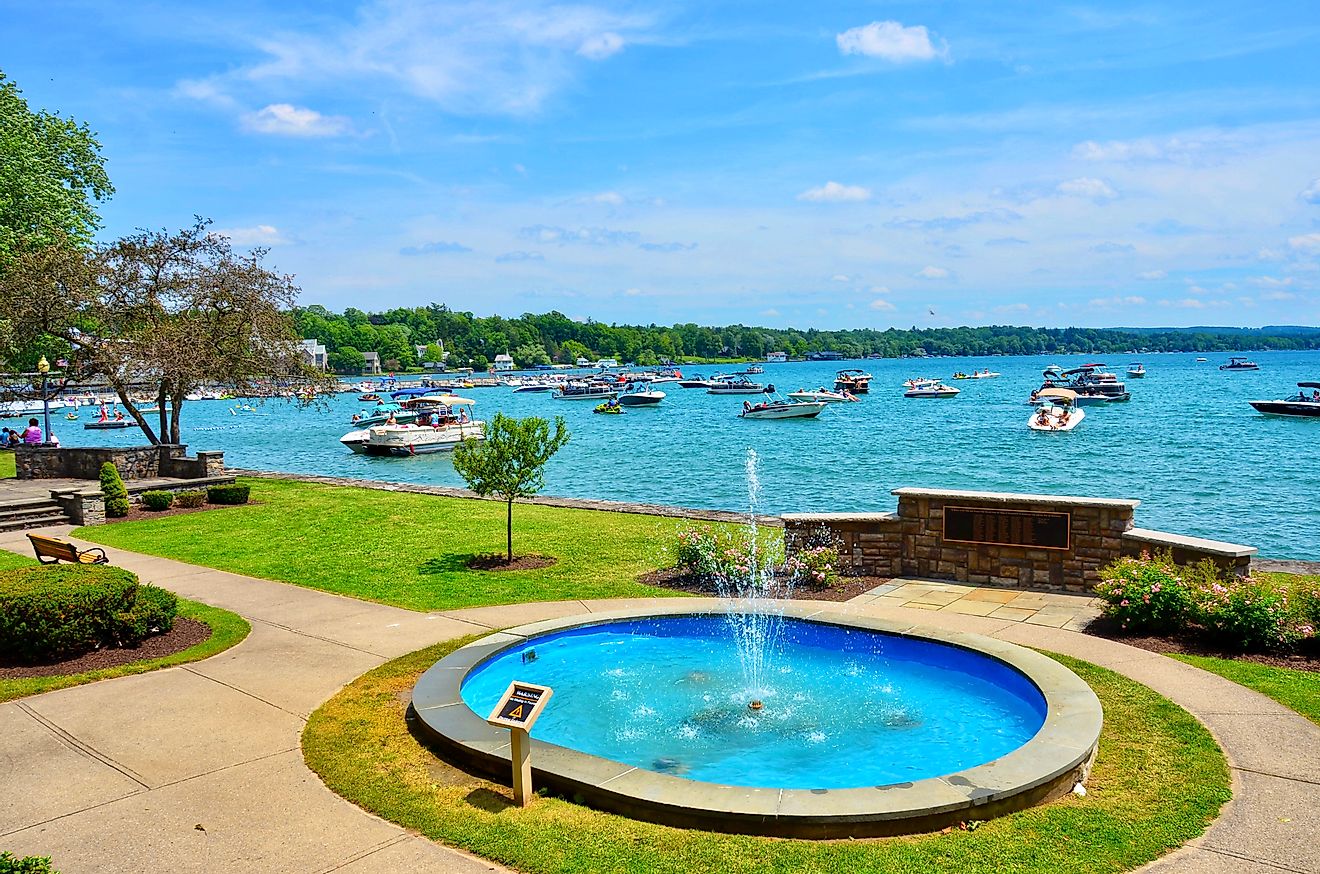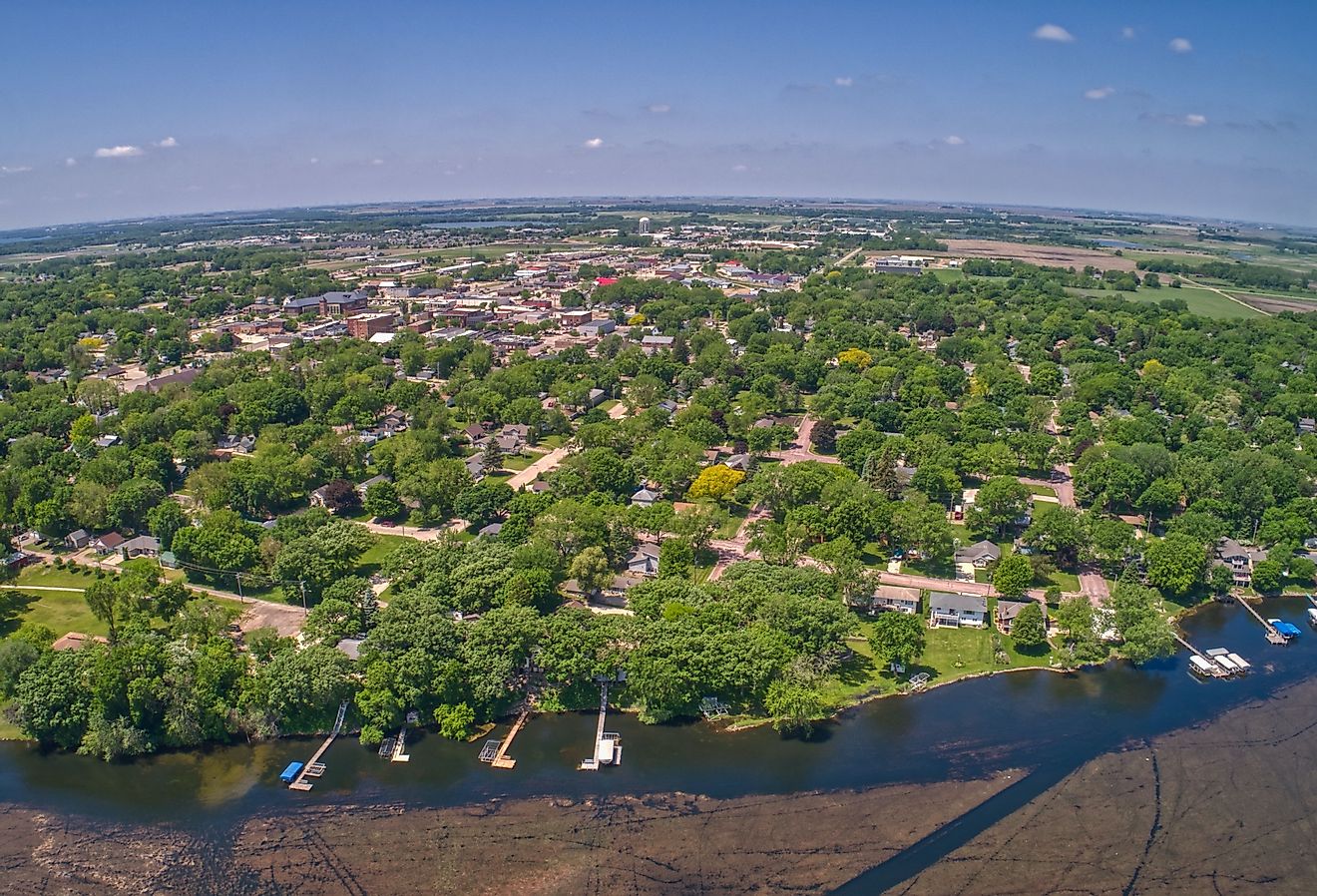Plitvice Lakes National Park, Croatia
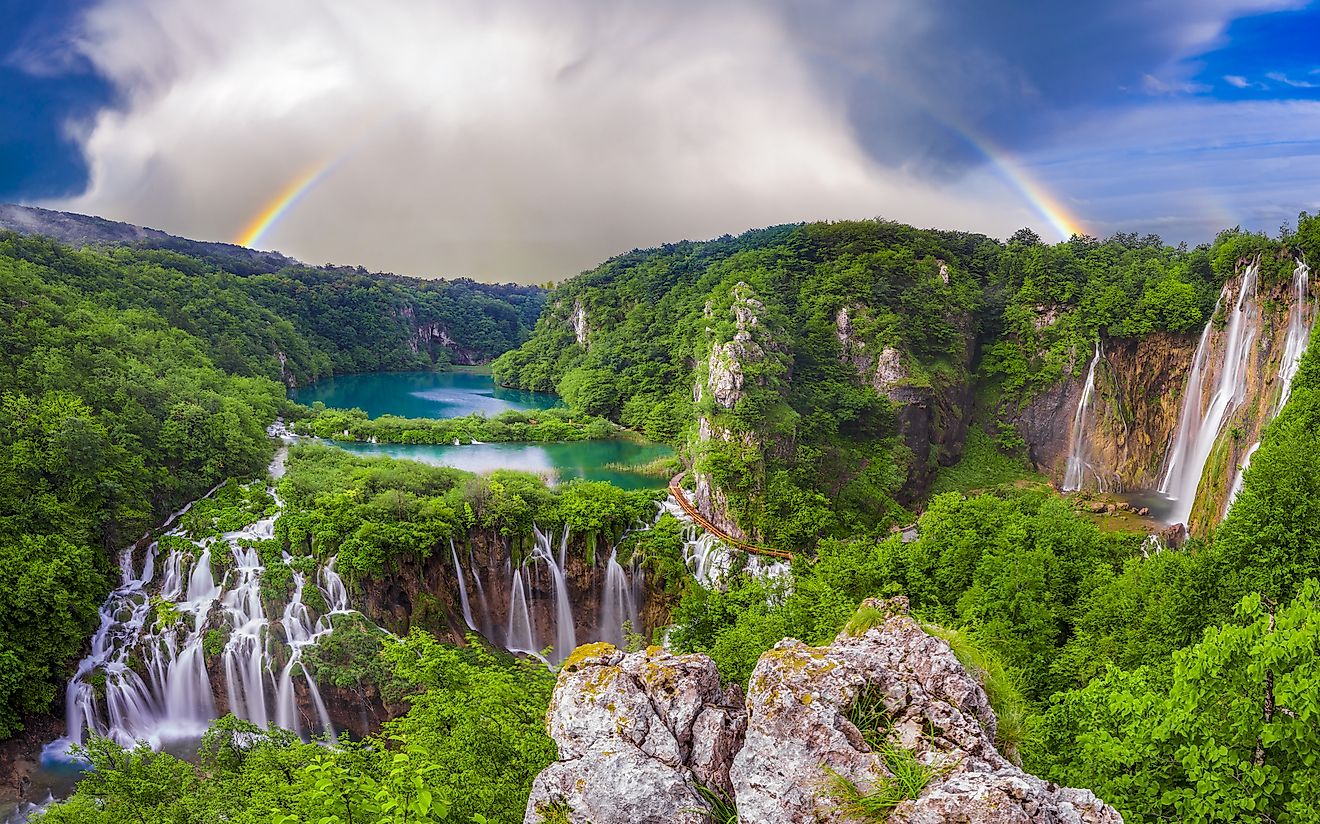
- The Plitvice Lakes National Park is located in a mountainous area of central Croatia.
- This region is distinct for its karst landscape, as well as the abundance of tufa lakes.
- There are sixteen different lakes in the park which are divided into the Upper Lakes and Lower Lakes.
The Plitvice Lakes National Park is located in a mountainous area of central Croatia. The park borders Bosnia and Herzegovina, and occupies Croatia’s Lika-Senj County and Karlovac County. This region is distinct for its karst landscape, as well as the abundance of tufa lakes.
History
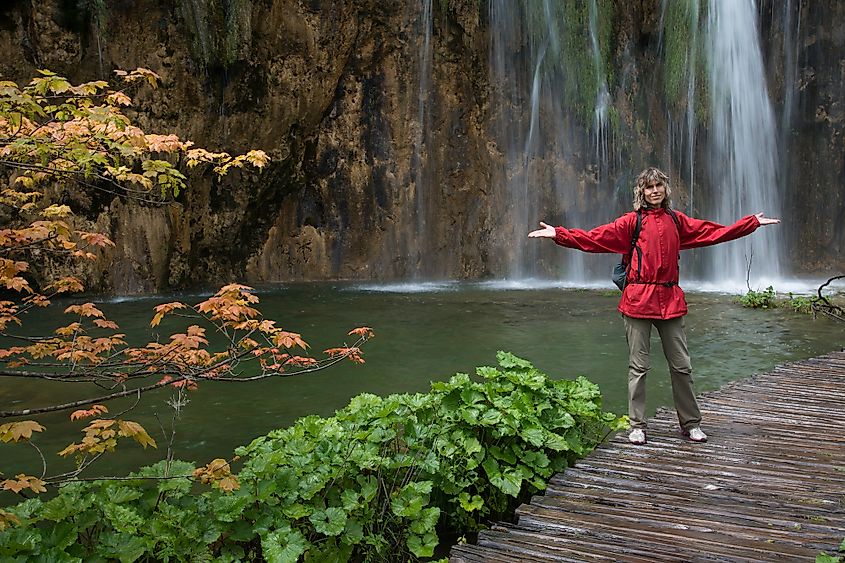
This region has a rich history and has been settled or occupied by the Illyrians, Japods, Celts, Romans, Avar, Slavs, Croats and Turks throughout history.
As a park, however, the Plitvice Lakes region starts its history around the time of the second world war. The park was originally founded in 1949, when it was declared a national park due to the unique natural phenomena found in the area. The modern roadway that runs through the park was constructed in the 1960s, and led to the development of several hotels and buildings along the roadways. A submission to the UNESCO World Heritage Site list was made in 1979. For the next decade, tourism boomed, and the lake region became a particularly popular attraction.
1991, however, marked a time of occupation by Serbian rebels. The troops claimed buildings in the area as barracks and slaughtered Croats in an attempt at ethnic cleansing. Four years later the Serbs were overthrown by the Coratian Army.
Because of this incident, the park was put on the UNESCO List of World Heritage in Danger. The primary danger in this case was the risk of landmines, and extensive steps were implemented to clear the region of any risks. The park was removed from the list by 1998, and expanded two years later.
Landscape And Geology
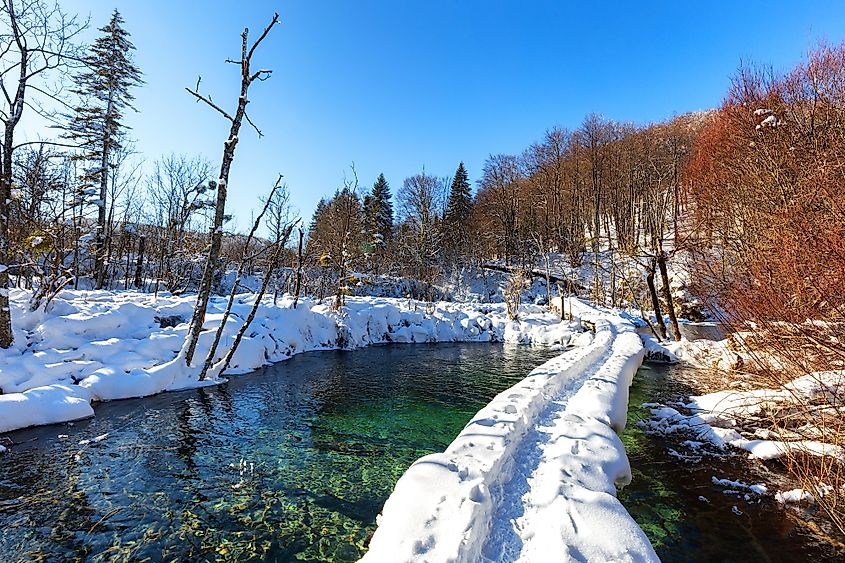
Karst
The park exists on what is known as a karst landscape. This means it is mainly carbonite rock consisting of limestone and dolomite, which forms many underground caves and passages. Karst areas are visually distinctive. Carbon dioxide rich water erodes rock, creating fissures, funnels and depressions, which together are known as karst fields. Underground caves and pits form due to the high concentration of these minerals and the steady erosion over time. The park itself has many more pits than it does caves, but the underground world of a karst landscape is still very much present, including a healthy population of bats and other cave dwelling creatures.
Tufa
The presence of Tufa is one of the main reasons this area was nominated to be a UNESCO world Heritage Site. These tufa structures rise up out of many of the lakes in the park, forming the visually distinctive appearance that is connected to this park. Tufa is a type of limestone which is formed by the precipitation of carbonate from ambient temperature waters. The carbonate minerals are slowly pulled from the water over time, meaning the column-like natural structures build over thousands of years.
Lakes And Rivers
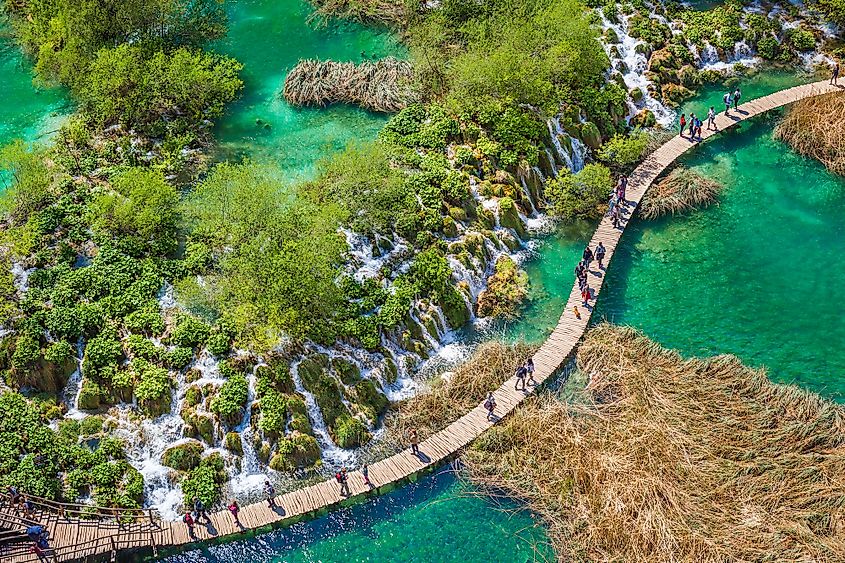
Plitvice Lakes National Park is, as the name suggests, dominated by a number of lakes. There are sixteen different lakes which are divided into the Upper Lakes and Lower Lakes. There are twelve lakes in the upper region, and they are, in order from largest to smallest volume, Kozjak, Prošćansko jezero, Galovac, Gradinsko jezero, Ciginovac, Okrugljak, Malo jezero, Batinovac, Veliko jezero, Milinovo jezero, Vir, Buk. All of these Upper Lakes are situated at an elevation between 636 meters and 535 meters. The Lower lakes are at a lesser elevation, and range between 523 and 503 meters. The Lower Lakes include Milanovac, Kaluđerovac, Gavanovac, Novakovića brod. The Plitvice lakes share a name with the Plitvica River, which flows into the lake chain from the north, via one of the park's major waterfalls at Sastavci. The majority of the water from this lake system drains via Korana river, Bijela Rijeka or White River and Crna Rijeka also known as Black River are also connected to this series of lakes.
Flora
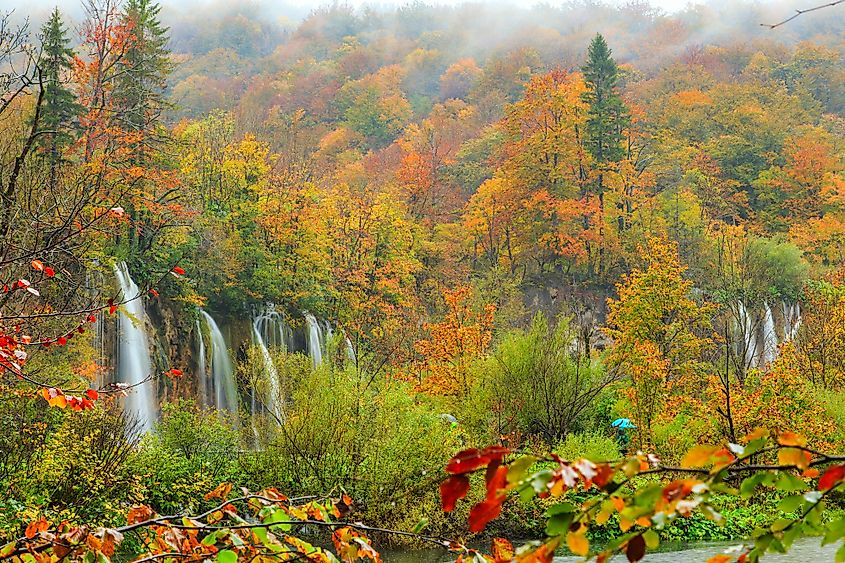
The landscape and vegetation in the Plitvice National Park is mainly forests. Of the 29,842 hectares of land included in the park, 22,308 hectares of it are forest, with the remainder being meadows or water. Most of the forests consist primarily of spruce trees, beech, and various firs. One of the most distinct forests, called Čorkova uvala, is a beech and fir forest of primary growth trees as old as 700 years. The overall plant base is a combination of Alpine and Mediterranean vegetation, and is particularly diverse because of the various microclimates.
The changes in altitude as well as soil composition are the main reason so many different plants and microclimates coexist in one area. At least 1,267 different plant types can be found in the national park, including 75 endemic species. Orchids are particularly plentiful here, and there are 55 different species which have been recorded within the park. UNESCO status helps to maintain protection over the region, and the plants that live within it, ensuring the diverse and endemic species remain thriving.
Fauna
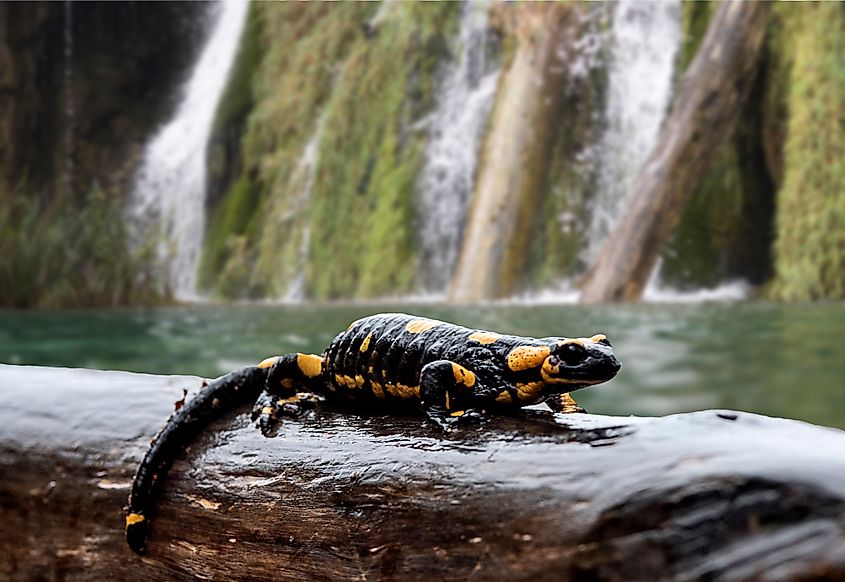
A large number of different animals live within Plitvice Lakes National Park. fifty different species of mammals have been recorded, as well as 321 species of butterflies, 12 amphibious species and 168 avian species. Mammals The forested areas of the park are especially important as fewer untouched large areas remain within Europe. As such, the park is a refuge for larger mammals or those that need bigger habitats such as brown bears and wolves. Both e Eurasian brown bear and the grey wolf thrive in the thickly forested areas of Croatia, including Plitvice Lakes.
Other mammals in the region include the Eurasian Lynx and the European wildcat. Both of these smaller wild cat species enjoy the forested regions provided by the national park, and live mostly nocturnal lives. The lynx in particular prefers to live in higher elevations, making the landscape in and around Plitvice Lakes ideal.
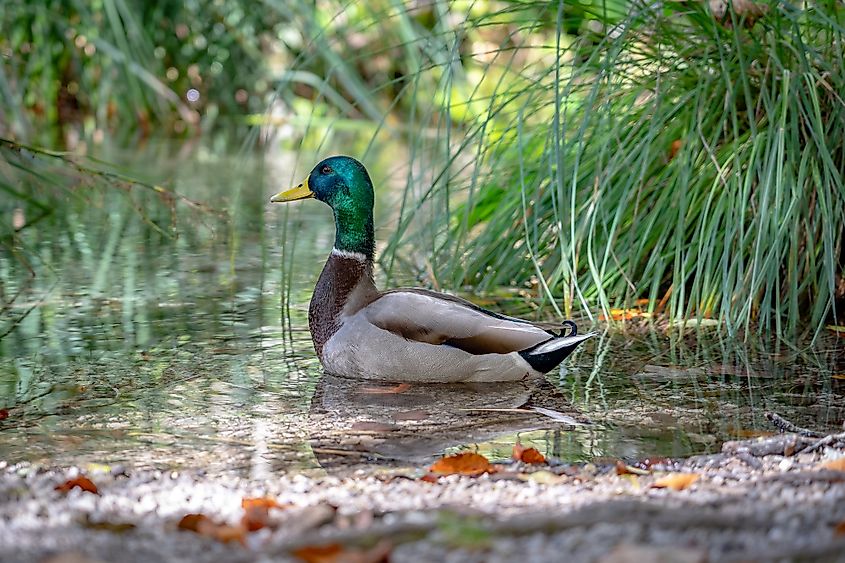
Like many forest areas, birds are plentiful in the Plitvice Lakes National Park. The most common types of birds found in old diverse forests such as those in Croatia and much of Europe are woodpeckers, owls, raptors and tits. Twelve different species of raptors - predatory birds - can be found here,including the common buzzard and various eagles. Nine species of woodpeckers such as the white-backed woodpecker and the three-toed woodpecker also live amongst the dense forests, and eight different owls live in this region including the Ural owl, tawny owl, pygmy owl, short eared owl and boreal owl.
The Plitvice Lakes National Park has a particularly large variety of butterfly and moth species. Some 321 different kinds can be found in the area, and it is thought that there are many more iundocumentend species.
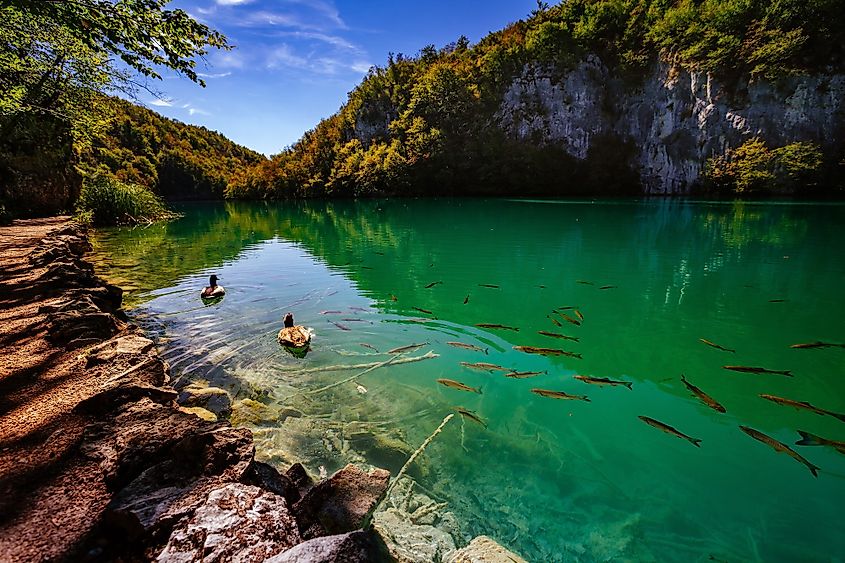
Because there are so many lakes in this National Park, there are a variety of fish species here. Two types of brown trout live in the park, one species occupying the upper lakes, the other in the lower. Common minnows also naturally live in the lake channels. Some invasive species have also been introduced in these waters, including chub, the common rudd, and the northern pike.
